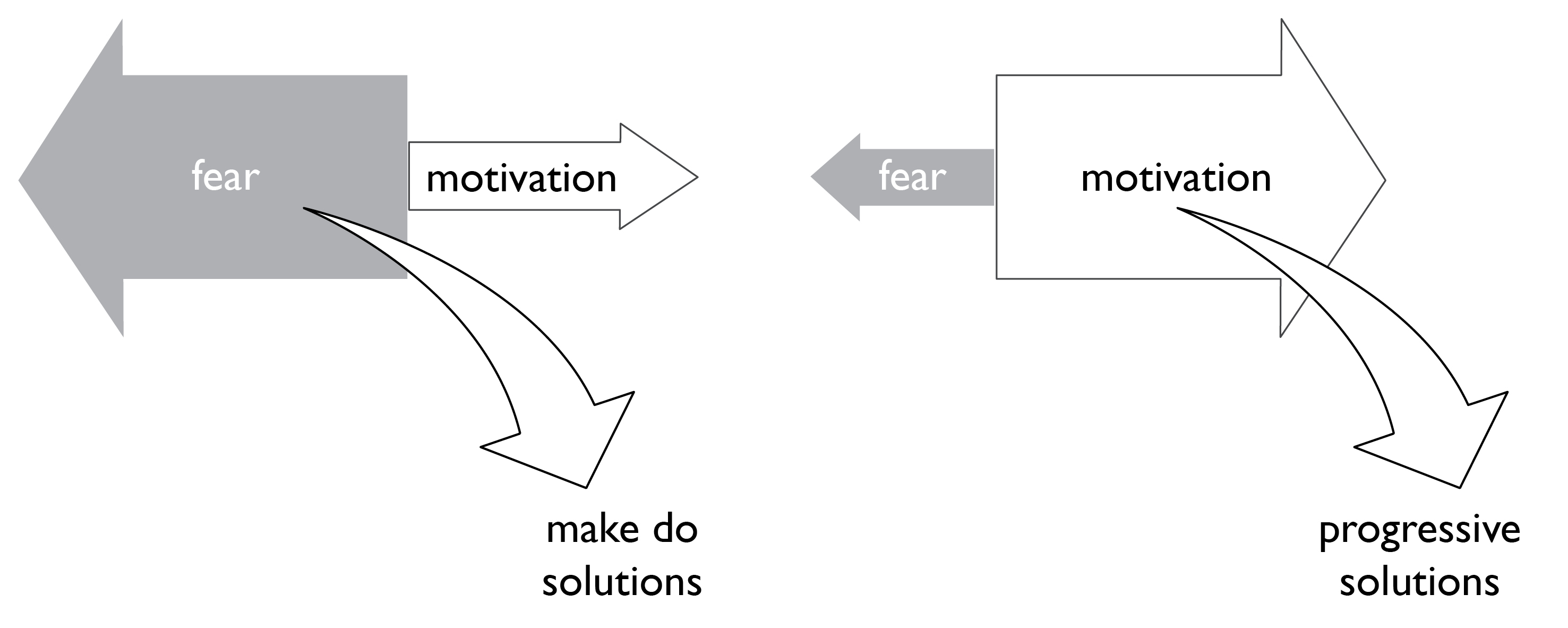Are you leadership material?
How do you become influential?
What are the qualities of executive presence?
Most of us want to increase our influence, but many don’t know where to start. There are behaviors that influence others, and there are ways to increase your leadership presence.
Diana Jones brings three decades worth of experience in leadership development and packs it into her new book, Leadership Material: How Personal Experience Shapes Executive Presence. Diana is a leadership coach, advisor, and relationship specialist. I recently spoke with her about her research.
The Professional and Personal Are Linked
“It’s a myth that a leader’s personal qualities must remain separate from their professional identity.” You share a story of an awful tragedy and how you kept that private during a leadership retreat. Tell us more about the intersection between the personal and professional.
The core premise of my work is that leaders personal and professional identities aren’t separate. They are inextricably linked. Leaders have been fooled into thinking that being impersonal and rational leads to success. It doesn’t. Poor engagement and alienation results. Without personal qualities, leaders are faceless bureaucrats, and their staff find it difficult to connect with them. Our experience of being with any leader is greatly influenced by their personal qualities.
My book deals with leaders’ professional identities. By thoughtfully choosing what is personal, what is private, and what they let come to the foreground in their interactions, leaders influence how others experience them. I coach leaders to bring helpful personal qualities into their interactions. Leaders with personal qualities like contempt, demanding, and cold create anxiety and emotional turmoil around them. People don’t like working with them. Leaders with personal qualities such as being insightful, approachable, and succinct have powerful effects in inspiring others to action.
The secret in my book Leadership Material is that if you don’t know who and what has shaped you as a leader, you won’t be able to lead people. The key lever for developing as a leader is through your earlier life experiences. By uncovering the likely source of unhelpful behaviors, you then have a choice of your current authentic response which builds relationships and produces results.
Successful Leaders Share Personal Stories
When do you share?
Successful leaders share their personal stories. They do this to:
- Inspire teams to connect around a shared purpose, direction, or action
- Let others know how to work with them
Staff hear and experience the leader’s authenticity, and there is shared understanding. This draws people to those leaders.
Leaders build trust by letting their boss and peers know how they think and feel about important matters.
How much is oversharing?
I coach leaders to be mindful of the amount of personal content they bring into their work relationships. Leaders who give personal status updates cause their team to be more concerned with them rather than with the work in front of them. People find them egocentric and don’t like working with them.
Leaders who understand levels of disclosure, and discern who they share what with, develop trust. Ensuring you have 2 – 3 trusted peers you can share your personal responses to the inevitable life challenges is essential for psychological health. When you don’t have this, you become isolated and out of touch with what is going on.
Oversharing occurs when the sharer has a closer connection with their content and their feelings than they have with those they are with. Sheryl Sandberg shared at depth on the death of her husband. She touched the hearts of many with her humanity. She has also shared how she built a working relationship with Mark Zuckerburg—enlightening readers how to make a boss relationship a priority. Sandberg’s sharings were deeply personal. Many people in organizations connected with her experience, got to know Ms. Sandberg more, and were inspired by her openness.
Where is the appropriate line? The line is learned by experience and mistakes, and results in wise judgement.
What are the best ways for a leader to understand how she is perceived? They seek and listen to feedback from people who are important to them. And they role reverse. They literally stand in the shoes of others, look through their eyes and experience how their behavior impacts others. They then understand how they are perceived. If leaders want to help, perception matters.
How to Build Trust
In what ways do leaders destroy or build trust? The fastest ways to destroy trust are to not listen, be competitive, ignore people, and not be interested or appreciative. Trust is built when others experience that you have their best interests at heart. You admit your mistakes and fallibility. ”That didn’t go well.” And ”I don’t understand, help me out here,” are part of your vocabulary. Leaders who are trusted to be discrete with personal material are more likely to hear what’s going on in their organization. People in-the-know share with them.
Why do 360-degree feedback systems often not provide the best feedback? 360-degree feedback arrived in the 1980s as a response to managers wanting to know how staff and peers as well as their boss perceived them. At the time, this was a revelation. Up until then, feedback had been from boss to staff member. That was it. One-way. We all know managers might well be able to report upwards, yet be competitive with peers and disinterested in their staff.
360-degree feedback was an attempt to gather responses from a range of people with different perspectives. The intent was good— the implementation was not. Too many meaningless criteria are used. Feedback is a lever for a development conversation. It is not the answer.
What should a leader do to see the mirror? Early in my career as a coach, many leaders I worked with would say, ”My wife keeps telling me that.” I would wonder why don’t you listen and take heed? Partners find it easy to say, ”You aren’t listening,” or ”Stop dominating conversations.” or ”I don’t feel appreciated.” Leaders find that hard to hear. Yet these are the very things that leaders hear from bosses, peers or staff, and suddenly it makes sense. The advantage leaders have is that they are expected to develop on the job. Leaders are expected to ask for feedback on how they impact others.
You argue that a leopard can change its spots. Yes I do. It’s a copout to think you are stuck forever for not having empathy, or that you ”don’t suffer fools.” Some leaders say, ”That’s just me.” That not true. I discovered that leaders can develop empathy, can read people, and they can talk fluently in groups. The differentiating factor is that they had a vision of how they might be and worked towards that.
Many people feel stuck in patterns and feel unable to break out of them. How do you best combat this and coach someone through the process of positive change? Having a vision of what is possible is at the heart of any change. Once you imagine being helpful, purposeful or succinct, you begin to see fresh possibilities for yourself. You are already on the way to generating new responses. Coaching helps the leader see options and ways of doing things that are authentic. Old beliefs and out-of-date values can be challenged by coaches. The most superb coach in the world would be stymied if the leader has no vision for themselves of what might be possible.
Overcome Your Fears
What are some of the major fears holding leaders back? How do you coach a leader past them?
The main two are fear of speaking up and fear of being rejected. There are many more. Fear is a normal emotional response to life. Leaders fear being wrong, being seen as stupid, or arrogant or ridiculed. Problems occur when fears dominate their motivating forces.
A risk-averse culture ensues, resulting in skewed decisions or no decision at all. Thoughtfulness and vision go out the door.
Fear is a counterbalance to wanting to achieve something. Coaching a leader past fear is delicate. Leaders want to ”get rid of fear,” yet the only way to progress is for leaders to accept their fear and establish a workable relationship with their fear.
Leaders fear having conversations because they might hurt the other person, yet they are being hurt by inaction and the business is being hurt by poor behavior. Leaders are relieved to learn they can have thoughtful, perceptive conversations and achieve purposeful results, which assist both their relationship and business results.
For more information, see Leadership Material: How Personal Experience Shapes Executive Presence.



